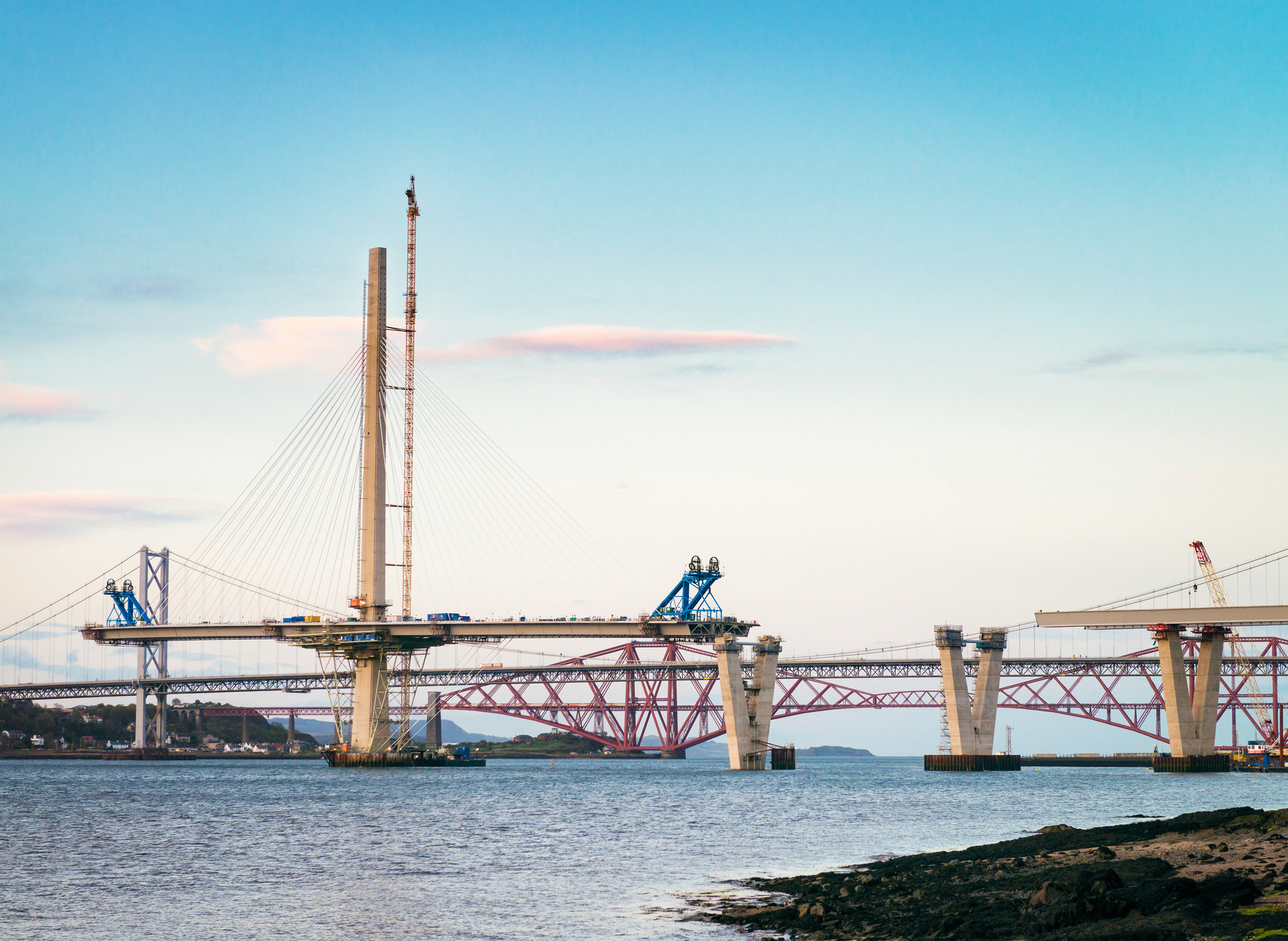Improving transport resilience with Amey
Case Study On-goingDate added: 01/06/2017

2017 marks the opening of the new Queensferry Crossing. This has provided an opportunity for Amey, who manage and maintain the crossing, to incorporate changes that will allow the bridge to be more resilient to severe weather conditions and a changing climate.
The Forth Road Bridge operations at Amey are taking a strong and proactive response to increasing awareness and managing climate risks. They have put in place a number of systems to increase their capacity to adapt to more severe weather conditions. These include signs to inform drivers of high wind speeds, changes to practices and guidance, new materials and innovative designs to the bridge itself. Amey’s procedures over the years have moved from an approach where the roads must always remain open towards an approach that accepts, and communicates to the public, that travel will not always be possible during severe weather events. This is in line with the approach that Transport Scotland are moving towards. The construction of the new Queensferry Crossing has also provided an opportunity to incorporate changes that will allow the bridge to be more resilient to severe weather conditions and a changing climate. These changes include using the latest and most durable materials, cables that can be replaced with more ease than on the existing Forth Road Bridge as it can be done as part of normal maintenance works without closing the bridge, a dehumidification system which reduces moisture and prevents corrosion, and thicker road surfacing which has a longer surface life and can be machine laid, making it easier to replace. The biggest change incorporated into the new bridge will be wind shielding which will make the crossing less susceptible to closure during high winds. Experience of other estuarial crossings, such as the Second Severn Crossing, shows that wind barriers provide a high degree of reliability against closure.